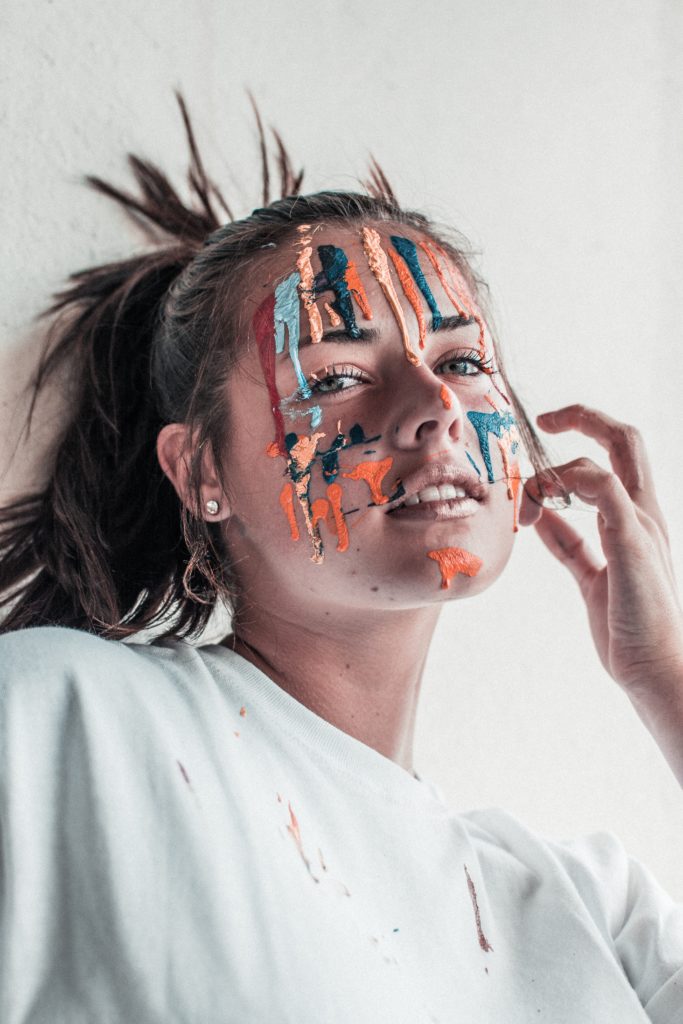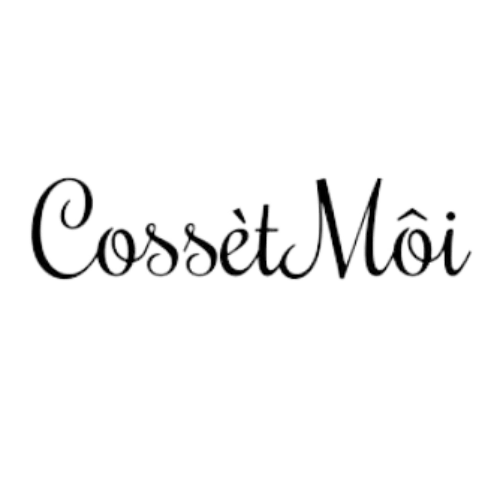Table of Contents
It is the job of a retoucher to bring out the best in beauty photography and it is a critical part of the creation process. Retoucher’s skills are there to enhance and highlight all the effort that was put in creating an image. And they are responsible for bringing out the best in light, makeup, colors. Though, retouching artists aren’t always aware of the techniques makeup artists use to achieve their creative vision. So we gathered these 11 things retouchers can learn from makeup artists. It’s essential to cultivate a relationship with the team you’re working with. It lets you focus on achieving a single creative goal. Knowing how and why makeup artists(as well as photographers and other creatives) do something is critical in getting the best out of an image.
Sharing makeup techniques, with retouching artists, will help them understand what they need to retouch, enhance, and correct. In this guide, we highlight what retouchers can learn from makeup artists. Although it is called What Retouchers can Learn from Makeup Artists, this article is useful to both makeup artists and retouchers. Besides, all creatives involved in a project should always learn and take notes from each other for a better end result.

Understanding the makeup artistry
Improving your craft means you need to get out of your comfort zone and try out new things. A few makeup lessons can help you immensely to become a better retouching artist. Luckily, there are a ton of videos on Youtube where you can learn. Read about our favorite Youtube makeup gurus, and you’ll soon find yourself binge-watching makeup tutorials like crazy. 😀
Watching women and makeup artists apply makeup can be of huge benefit for you as a retoucher. It’s the small things you need to train your eyes for, in order to know what to fix. It is important to correct and not manipulate the image completely. As a good makeup artist should know, you need to bring out the best in the subject. You do that by enhancing and improving what is already there not by removing or adding anything. High-end retouching is similar to high-end makeup application. It uses light and non-destructive techniques and it is detail-oriented. These are some things that makeup artists pay attention to, and even if they seem like small details, it matters to the overall picture.

What Retouchers Can Learn From Makeup Artists?
Different Brushes for Different Results
One of the first lessons in makeup schools is the proper use of makeup brushes. You need to choose carefully your brush size depending on the area you are covering. Too big or too small brush size can leave skin looking blotchy and uneven. This is especially handy when you are doing your dodging and burning. Making sure you chose the right size brush can make all the difference in the world, and it just may be the thing you are missing.
Color Theory for Color Grading and Color Correction
Just like any visual artist, knowing the color theory is fundamental for achieving wanted results. This is something all makeup artists apply when choosing colors to work with. Using color theory they find colors of eye shadow for certain eye color, the right shade of lipstick, blush, etc. Sometimes that carefully chosen shade of certain color doesn’t come out as planned in the final image. Whether that happens due to lighting, exposure, or white balance settings, you need to bring out the intended color in the subject. Knowing color theory can also help you color grade the whole image, manipulate the color of the background to better compliment the subject, etc. Tools such as Adobe Capture or Paletton can aid the process of choosing colors that work well together, but you need to know fundamentals to properly apply it.
11 Things Retouchers can Learn from Makeup Artists
♦ Contour like a pro
When you finish all dodging and burning of minor imperfections, you zoom out and go to the bigger picture. Sometimes you will just want to soften or deepen the existing shadows. But sometimes you will want to play a little more and add more drama, depth, and shape to the image. For that, learn contouring from makeup artists! They will tell you where to highlight, where to darken for the desired effect, what to hide and what to accent.
♦ Rosy Plump Cheeks
Makeup artists can imitate the look of a natural flush using the most flattering pink blush for a particular skin tone. You add the blush to the apple of each of the model’s cheeks, mimicking the effect of a mini blood rush. In doing so, you can make the rosy glow appear natural. Be aware of how a rosy blush adds depth to a person’s face. At the same time, you will convey a stronger sense of depth in your photos, so be sure not to remove it with color correction. Instead of color-correcting it, retouchers can, if needed, blend the borders to make it look softer.

♦ No Mascara Clumps
Even the best mascaras leave clumps sometimes, especially when using new tubes. The best way to prevent clumps is to wipe off the mascara wand on a piece of tissue to get rid of the excess formula. The camera, however, can still capture every single flaw in a photo, especially in close-ups. For the untrained eye, clumps probably look quite normal. This is exactly what retouching artists need to learn from makeup artists. If they know what problems to look for, they can easily clean up these tiny clumps with a clone stamp tool. That way lashes will appear as natural as possible.
Related: How Experts Do It: Apply Mascara Right

♦ Fluffy, Natural-Looking Eyelashes
A lesson or two on fake lashes will go a long way. Makeup artists follow their own rules when it comes to the application of mascara. Some would wiggle the wand near the base of the lashes to make sure they don’t clump together and to apply the product evenly. This process lets them create fluffy, natural-looking eyelashes. To enhance that look, artists need to spot the tiny flaws and apply the necessary corrections. Learn how eyelashes look naturally look so you won’t have trouble when adding a few extra lashes or cleaning some up. Remember that eyelashes are thicker at the base compared to their tips.
Related: False Eyelashes 101: Everything You Need to Know About Falsies

♦ Well-Defined Lash Base
Eyeliner makes your lash base appear thicker and sharper. Sometimes, makeup artists add eyeliner to the waterline of a model’s upper eyelid to create a well-defined lash base, which makes the eyes look longer and more appealing. Elevate this look by learning which parts of the eyelid that needs to be darkened. It will make the eyes pop. Also, tone down the brightness of the waterline that’s showing through the model’s lashes.

♦ A Fresh Touch
When a model has droopy-looking eyes due to heavy lids, makeup artists can do an eye lift using light-colored liners. Eyes appear brighter and well-rested when bright eyeshadow or highlighters are applied to the inner corners of the model’s eyes. Not only does this enhance the shape of the eyes but it also makes the eyes look fresh and wide awake. Retouching artists can mimic this trick in the post-production process. Learn which areas to brighten and which area to avoid to achieve a stress-free look. Extending a thin bright line over the lower eyelid will make the eyes look less tired and puffy.

♦ Eyes Wide Open
Beige eyeliner is often used by makeup artists to make the eyes seem larger. Retouching artists can also make the eyes seem bigger by brightening the lower eyelids’ waterline. However, it’s not as easy during the post-production process. Recreating light-colored eyeliner digitally can be tricky. If retouching artists aren’t careful, the result could look fake. To make the look seem more natural, burn the waterline to make the glow subtle.

♦ Almond-Shaped Eyes
Makeup artists can add more length to round-shaped eyes by applying dark eyeliner to the outer corners of the eyes and blending it using eyeshadow. They do that in the form of a small triangle with the tip pointing up. This immediately gives the impression of larger eyes! To nail this look, retouching artists can replicate the trick. Avoid adding thick and sharp lines to the top and bottom lash lines, as it makes the eyes look smaller. As in makeup, be sure to always blend well!

♦ High Brow Glow
Armed with only a highlighter, makeup artists can brighten and lift the brows. Adding a slight glow beneath the eyebrow enhances the arch, making the brow well-defined and neat. You can achieve such a look in post-production by slightly dodging the area under the eyebrow. Create a smoother transition with the eyeshadow to prevent the eye makeup from looking bolder and heavier than what you wanted to create.

♦ Fuller Lips
Bigger, fuller lips are one of the most wanted beauty trends of this generation. Without any fillers, makeup artists can add volume to the lips by using glossy lipsticks or shimmering eyeshadows to the middle part of the lower lip. Applying these products makes the model’s lips appear fuller. Retouching artists often see the extra shine as a mistake. Hence, they would correct the shine and make it smoother which, in turn, prevents the lips from looking naturally plump and full. If you know these simple tricks, you can stop correcting the look makeup artists tried so hard to achieve.

♦ Cupid’s bow
Another trick of makeup artists is creating a natural-looking fuller pout by enhancing the cupid’s bow, which is the top part of the upper lip resembling a double-curved bow. Adding a good highlight to this area gives the lips more definition. Not to mention, it makes the lips look more plump and full. Retouching artists need to avoid correcting the highlight so the effect will be visible in the final photos.

Collaborate with makeup artists
Most of the time, makeup artists don’t get the chance to see the final images unretouched. While you can learn a great deal from makeup artists, they can learn from you as well. As you get to see unretouched images, zoom them dozens of times, and analyze them, there is a pretty good chance you saw something MUA has missed. If you are working on reoccurring projects, or you just think the makeup artist involved will appreciate it, give them your feedback. Let them know your workflow, and ask them to explain theirs. In this industry, professionals can learn a lot from each other that is relevant to their job.
Be Patient
Most of the good work requires patience, practice, and repetition. A makeup artist won’t just splash the foundation on someone’s face and call it done. They will take time to apply foundation seamlessly and create a flawless look. In the same way, you don’t need to rush with dodging and burning. Take your time to create a perfect result. You will get faster with time, but not at the cost of your end results.
For more amazing tips follow us on Pinterest!<3



